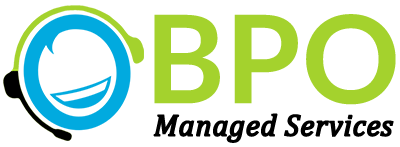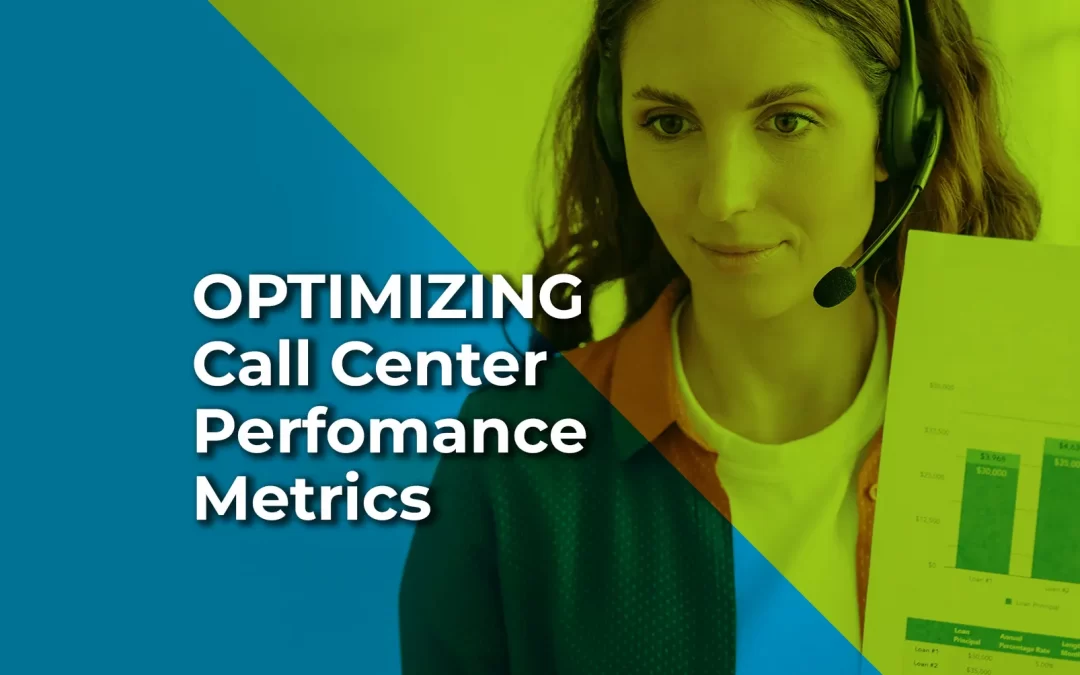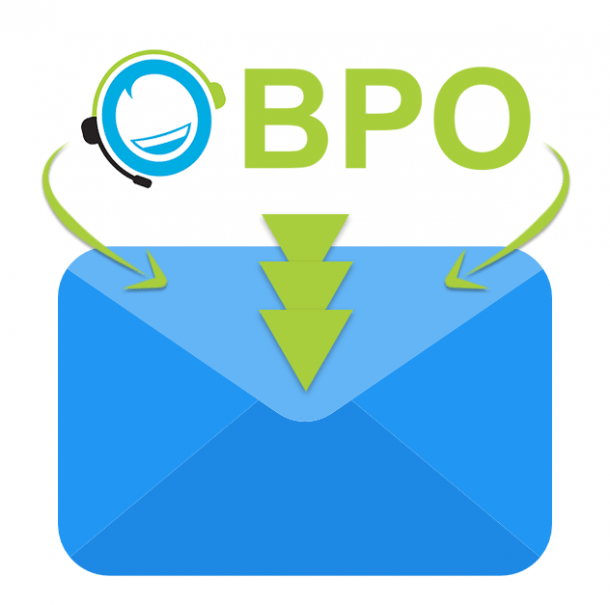Optimizing Call Center Performance Metrics: In today’s competitive business landscape, call centers play a vital role in ensuring exceptional customer service and driving business growth. Optimizing call center performance metrics is not just about numbers; it’s about creating a seamless customer experience, maximizing agent productivity, and achieving business objectives. In this comprehensive guide, we will delve into the world of call center performance metrics and unveil strategies to enhance efficiency and customer satisfaction. Whether you’re a call center manager, business owner, or simply curious about call center operations, this article will equip you with actionable insights and best practices.
Optimizing Call Center Performance Metrics: A Holistic Approach
Optimizing call center performance metrics is a multifaceted endeavor that involves aligning various metrics and KPIs (Key Performance Indicators) with overall business goals. By taking a holistic approach, call centers can enhance their operations and foster a positive impact on both customers and agents. Here’s how you can achieve it:
Call Center Customer-Centric Metrics: Delivering Exceptional Experiences
Incorporating customer-centric metrics, such as First Call Resolution (FCR), Average Handling Time (AHT), and Customer Satisfaction (CSAT), is crucial for creating exceptional customer experiences. FCR measures the percentage of calls resolved without the need for follow-up, showcasing efficient issue resolution. AHT gauges the time agents spend on each call, directly affecting customer wait times. CSAT, on the other hand, captures customer satisfaction levels and provides insights into service quality.
Agent Performance Metrics: Empowering Your Team
Equipping your agents with the right tools and support is essential for optimal performance. Metrics like Agent Occupancy Rate, Average After-Call Work Time, and Schedule Adherence enable you to monitor agent productivity and streamline workflows. Agent Occupancy Rate measures the time agents spend actively engaged with customers, while After-Call Work Time reflects the time spent completing tasks after a call. Schedule Adherence ensures agents adhere to assigned shifts, reducing understaffing or overstaffing issues.
Operational Efficiency Metrics: Streamlining Processes
Efficient call center operations rely on seamless processes. Metrics like Abandonment Rate, Service Level, and Call Transfer Rate offer insights into operational efficiency. Abandonment Rate tracks the percentage of callers who disconnect before reaching an agent, indicating potential service gaps. Service Level measures the percentage of calls answered within a specified time frame, directly impacting customer wait times. Call Transfer Rate highlights the frequency of transferring calls between agents or departments, which can affect customer frustration.
Utilizing Technology and Analytics: Data-Driven Insights
Leveraging advanced technology and analytics solutions can provide invaluable insights for optimizing call center performance metrics. Speech analytics, sentiment analysis, and predictive modeling enable you to uncover trends, sentiment patterns, and potential issues. By identifying customer pain points and agent training needs, you can proactively address challenges and refine strategies for continuous improvement.
Training and Development on Call Center Performance: Empowering Your Team
Investing in agent training and development is key to ensuring consistent and high-quality customer interactions. Metrics like Training Completion Rate, Agent Attrition Rate, and Quality Monitoring Scores assess training effectiveness and agent retention. Training Completion Rate measures the percentage of agents who successfully complete training programs, while Agent Attrition Rate tracks agent turnover. Quality Monitoring Scores evaluate agent performance and identify areas for improvement.
Continuous Improvement and Innovation: Staying Ahead
The call center landscape is ever-evolving, and staying ahead requires a commitment to continuous improvement and innovation. Metrics like Customer Effort Score (CES), Net Promoter Score (NPS), and First Response Time (FRT) drive innovation and strategic decision-making. CES measures the ease of customer interactions, NPS gauges customer loyalty and advocacy, and FRT assesses the time it takes for an agent to respond to customer queries.
Questions you might ask?
Q: How can optimizing call center performance metrics enhance customer satisfaction?
A: Optimizing call center performance metrics ensures efficient issue resolution, reduced wait times, and improved service quality, leading to higher customer satisfaction levels.
Q: What is the significance of Agent Occupancy Rate in call center operations?
A: Agent Occupancy Rate measures the active engagement time of agents with customers, helping to gauge agent availability and workloads for optimal resource allocation.
Q: How does speech analytics contribute to call center performance optimization?
A: Speech analytics analyzes customer interactions to identify sentiment patterns, trends, and potential areas for improvement, enhancing agent training and customer experiences.
Q: Why is continuous improvement important for call centers?
A: Continuous improvement drives innovation, enables adaptation to evolving customer needs, and ensures call centers remain competitive and effective in meeting customer expectations.
Q: How can call centers use predictive modeling for performance optimization?
A: Predictive modeling leverages historical data and analytics to anticipate future trends, enabling call centers to make data-driven decisions and proactively address challenges.
Q: What role does Quality Monitoring Score play in agent development?
A: Quality Monitoring Score evaluates agent performance and provides actionable insights for targeted training and development, ultimately enhancing customer interactions.
Optimizing call center performance metrics is a journey that requires a strategic blend of customer-centricity, agent empowerment, operational efficiency, technology utilization, training, and continuous improvement. By aligning these elements with your business objectives, you can unlock efficiency, elevate customer satisfaction, and drive business success. Remember, call centers are more than just numbers – they are the lifeline of exceptional customer experiences and a driving force behind lasting customer relationships.
Whether you’re looking to enhance your call center operations, boost agent productivity, or elevate customer satisfaction, the strategies outlined in this article offer a roadmap for achieving excellence in optimizing call center performance metrics.
So, are you ready to take your call center to new heights? Start implementing these proven strategies and witness the transformative impact on your call center’s efficiency, agent morale, and customer loyalty.


